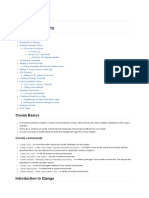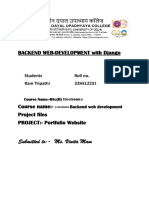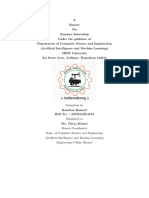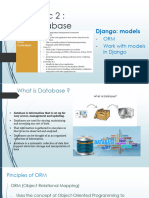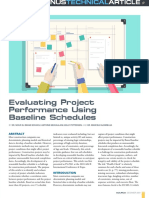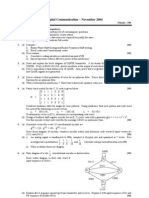0% found this document useful (0 votes)
57 views21 pagesDjango Project and Subproject-Topic 1 Lab
The document provides instructions on setting up a Django web framework project including installing Python and Django, creating the project structure, running a development server, and creating templates and views for pages.
Uploaded by
Raziq RidzuanCopyright
© © All Rights Reserved
We take content rights seriously. If you suspect this is your content, claim it here.
Available Formats
Download as PDF, TXT or read online on Scribd
0% found this document useful (0 votes)
57 views21 pagesDjango Project and Subproject-Topic 1 Lab
The document provides instructions on setting up a Django web framework project including installing Python and Django, creating the project structure, running a development server, and creating templates and views for pages.
Uploaded by
Raziq RidzuanCopyright
© © All Rights Reserved
We take content rights seriously. If you suspect this is your content, claim it here.
Available Formats
Download as PDF, TXT or read online on Scribd
/ 21

